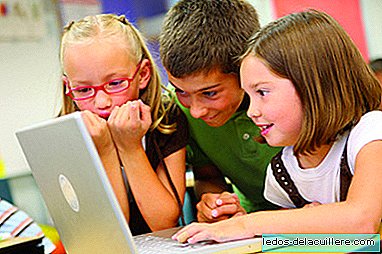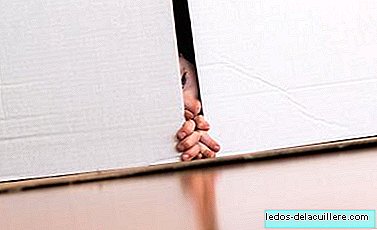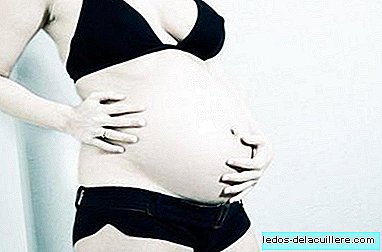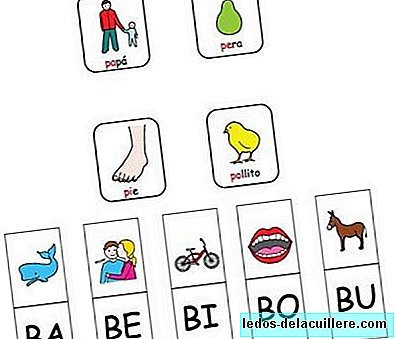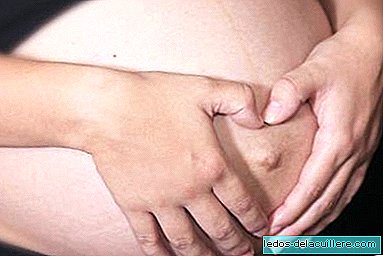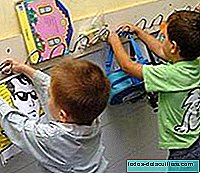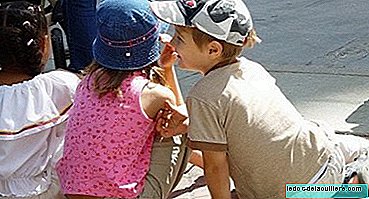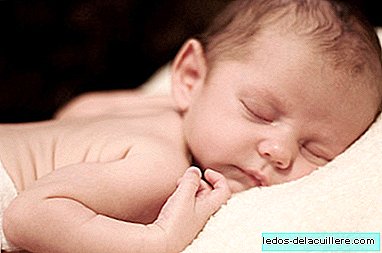
The great advances of the last years in assisted reproduction hardly leave us time to assimilate them. the British scientific journal "New Scientist" has disclosed a truly extraordinary case, that of the first baby in the world that carries the DNA of two mothers and a father
Abrahim Hassa, a baby born five months ago in Mexico, the son of Jordanian parents, was conceived thanks to a novel assisted reproduction technique that uses the DNA of three different people, the father, the mother and a donor "second mother".
How is it possible?

Shaban, the baby's mother was carrying genes from the so-called Leigh syndrome, a deadly disorder that affects the developing nervous system. He had had two babies before, but both died due to this condition. A quarter of its mitochondrial DNA carried the mutation that causes the disease.
With the help of fertility specialist John Zhang and his team, they looked for a way to avoid disease-bearing genes. One of them is the technique known as pronuclear transfer, which consists in fertilizing the ovum of the mother, the donor and the sperm of the father. Before the fertilized eggs begin to divide into embryos, each nucleus is removed and then the donor's is discarded to replace it with that of the mother.
By that technique it was not accepted by the parents, who by religious motives were opposed to the destruction of two embryos.
So what was done was insert the nucleus of one of Shaban's ovules into the donor's ovule, from which its own core had already been removed. The resulting ovule with Shaban's nuclear DNA and the donor's mitochondrial DNA was then fertilized with the father's sperm. Five embryos were created, but only one developed normally. This was implanted in the mother and Abrahim was born nine months later.

A controversial technique
It is one of the last revolutions that have occurred in the world of in vitro fertilization, authorized a year ago by the United Kingdom. It is a technique that is performed in order to prevent the development of mitochondrial diseases. All mitochondria that are transmitted to a child come only from the mother. If the mother has a mitochondrial disease, all her children will inherit it. Therefore, the scientists looked for a way to prevent this from happening by involving in the process the mitochondria of a third person, another woman donor of ovule with healthy mitochondria.
It is really a mitochondria transplant (the power plant of the cells) between two ovules. The nucleus of the ovule of a healthy woman is inserted into that of a mother with defective DNA to be fertilized in vitro by the father's sperm. That is, there would be two mothers and one father, although only 0.1% or 0.2% would correspond to the mitochondrial DNA of the woman who donated the healthy ovum.
The controversy focuses on the manipulation of the embryo creating "designer" babies in which a defective "part" is replaced by a good one, where is the limit?, the detractors wonder. However, there are also those who defend the technique as it will allow parents with birth defects to bring healthy children into the world. What do you think?


